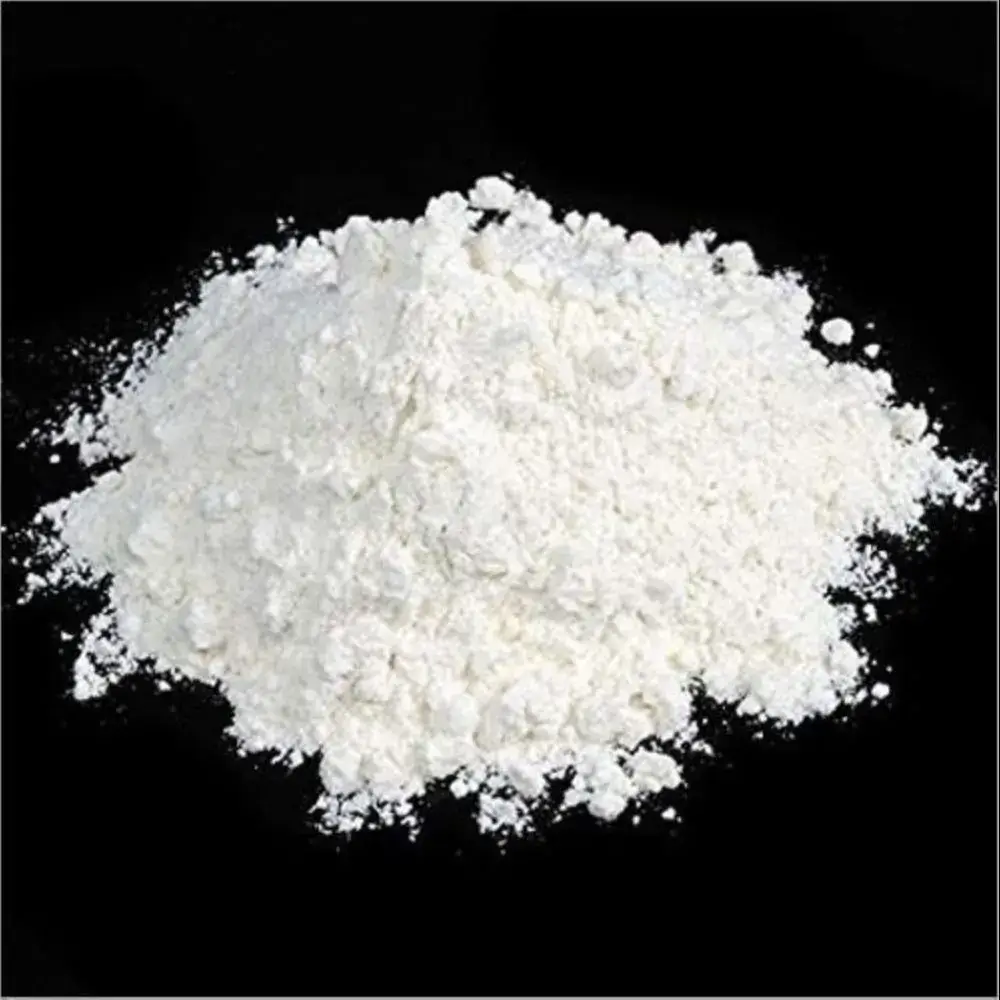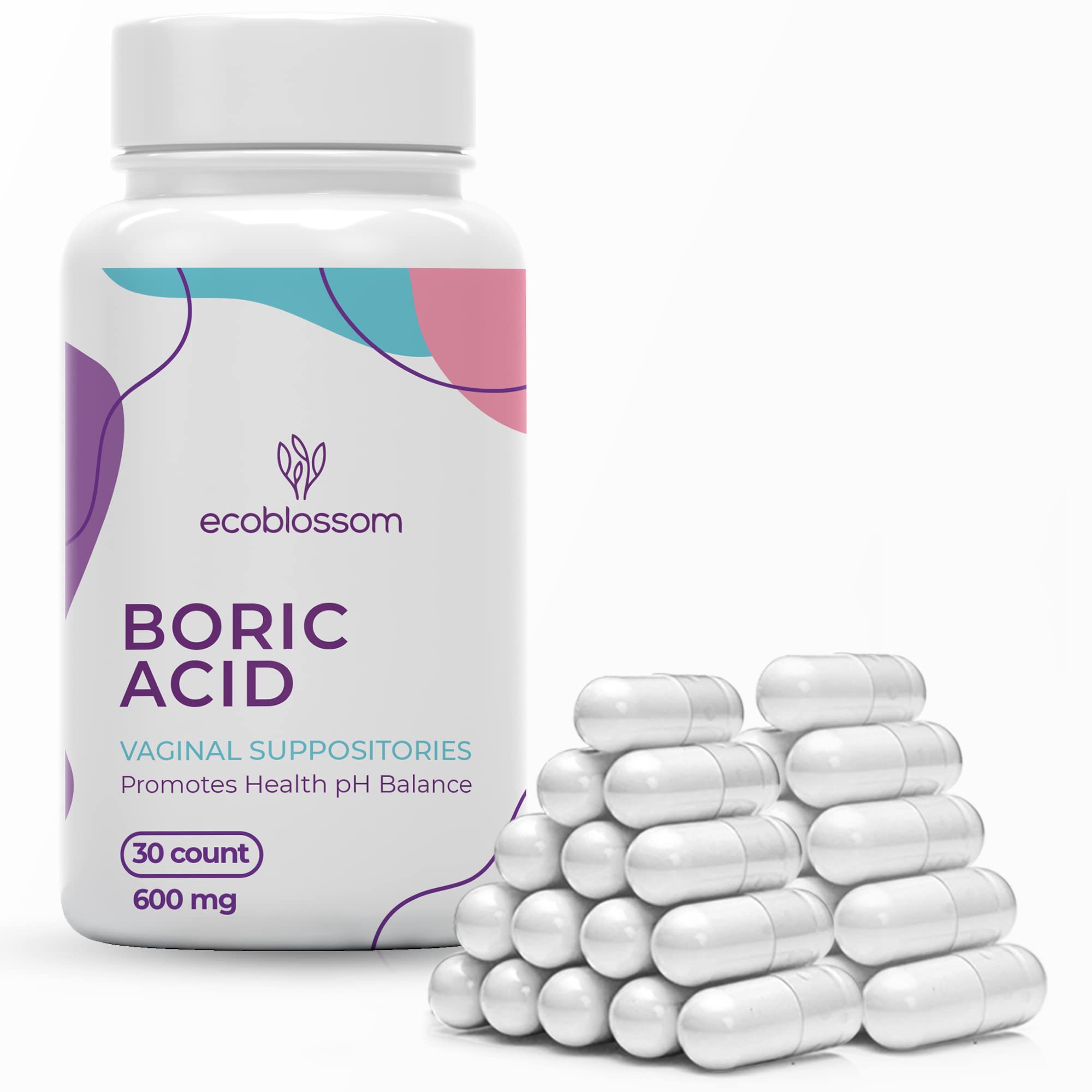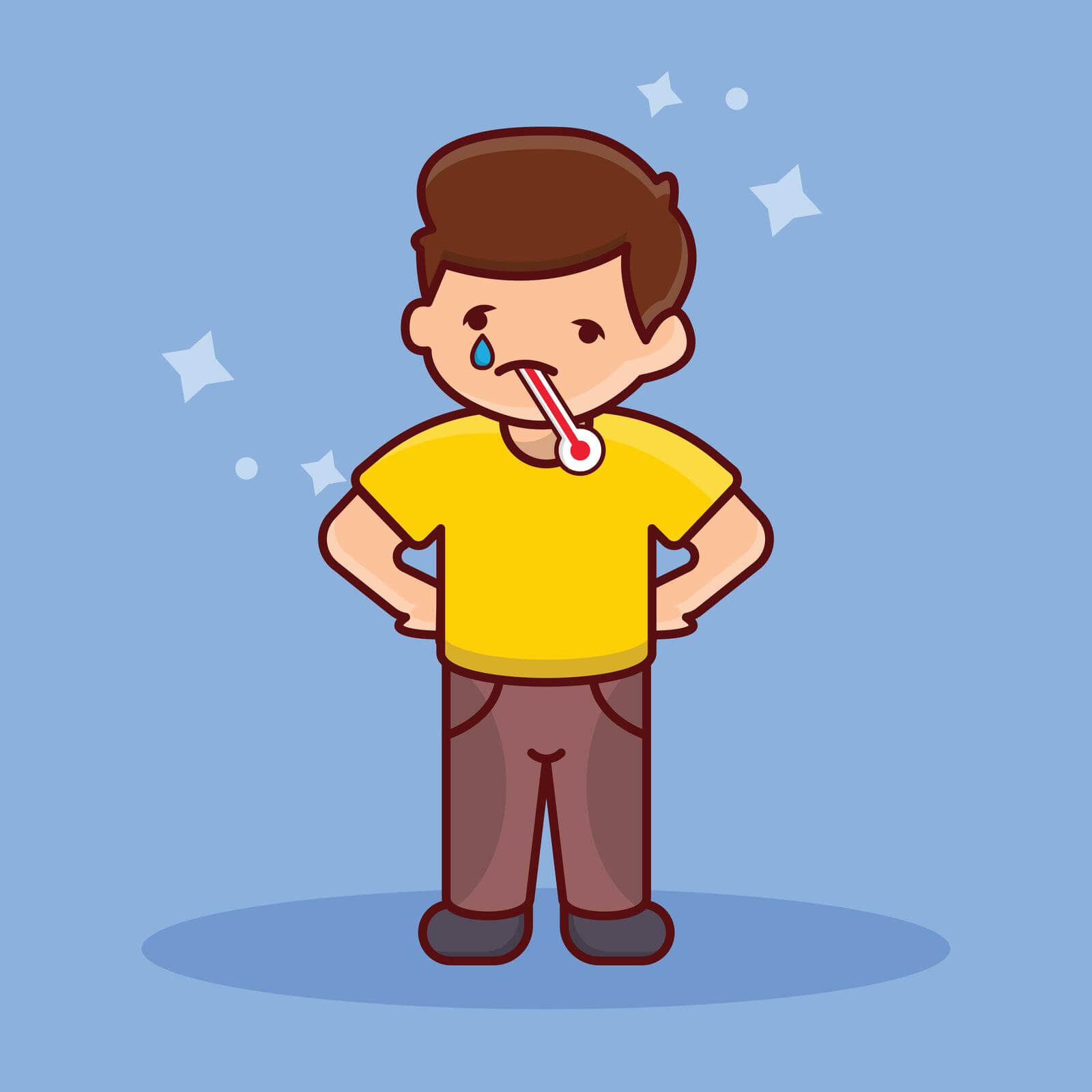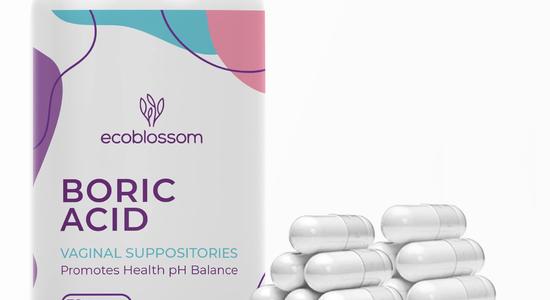See all "Boric Acid" Section Topics

Boric acid can frequently be successfully used to treat a vaginal yeast infection; however, a significant minority of people will not be cured when they use it. Boric acid is not the best way to treat a yeast infection, as it can be poisonous.
What is Boric Acid?
Boric acid, and its sodium borate salts, are toxic chemicals that are commonly used as pesticides. These chemicals can occur naturally or be produced synthetically. Boric acid, and its sodium salts, at the atomic level, are simply other elements linked to boron in various ways. The toxicities of the various boron compounds are generally dependent upon how much boron they contain; the greater the boron, the more toxic the compound. There have been products registered with the United States government that contain boric acid since 1948. Generally, these products containing boric acid are used to kill insect pests, noxious plants, or pathogenic fungi.
Boric acid can be procured from many different retailers online. It can either be found in a crystalline form, or in a slightly unctuous (greasy or soapy feeling) white powder. It interferes with the reproduction of various fungi and molds; and, has been utilized to treat fungal infections like athlete's foot (tinea pedis), and yeast infections (Candidiasis). If you purchase boric acid, try and keep it stored at a temperature lower than 25°C (77°F).
Boric Acid Side Effects and Babies

If you are pregnant, you should avoid using boric acid for your yeast infection; as it can possibly poison the child in your womb. The U.S. National Library of Medicine’s MedlinePlus article states, that mothers who use boric acid in their vagina during the first four months of pregnancy, cause nearly a 3 fold increase in the chances their baby will suffer birth defects. Consequently, in no way should you ever use any product containing boric acid if you are pregnant.
You should never use boric acid cleaning products in areas that infants frequently reside in; and, you should never use boric acid to treat any type of infection a baby has. According to Medline Plus, infant mortality from exposure to boric acid is very high; and, in the past when boric acid was used as a cleaning solution in nurseries, many babies developed boron poisoning as a result. A quote taken from a rather old study, published in the Canadian Medical Association journal [61.5 (1949): 447], states the following about boron and infant mortality:
The literature has been reviewed by Ross and Conway up to 1943, recording 20 fatalities from boric acid or borax, administered as an aqueous solution, ointment or powder, for a variety of conditions. Since that paper was published, six deaths have occurred. The present report adds six additional deaths due to boric acid which was administered orally as a 2.5% aqueous solution, in place of sterile water, in the preparation of the infants' formula.
Canadian Medical Association journal [61.5 (1949): 447]
If your baby has diaper rash, you should also never use boric acid, or any other product containing boron, to treat the diaper rash. It can have very serious health repercussions to your child if you put boric acid on their skin. Much of the dangers of boric acid are well understood to the scientific community; and, much of the scientific publications regarding boron poisoning are quite old. One study, published in the Canadian Medical Association Journal [108.6 (1973): 719], cautions parents to never use boric acid to treat diaper rash. An excerpt from the study states the following:
Now that boric acid is recognized as a weak antiseptic and a potent poison, it is not used clinically and most instances of borate poisoning are accidental, for example after accidental ingestion, sterilization of bottles in the nursery, and application of borate compounds to diaper rashes or other rashes. Goldbloom has reported a 55% mortality but in infancy the figure climbs to 70%.
Canadian Medical Association Journal [108.6 (1973): 719]
A 1/2 Day & Yeast is Gone!
Linda Allen suffered from yeast infections for years. Through researching natural medicine & Candida, she found an efficacious solution!
Linda is one expert you want on your side! Let her show you how to get rid of a superficial yeast infection in just 12 hours; AND, keep it gone!
A 60-day, 100% money back guarantee is provided.
Visit Official Site!Side Effects of Boric Acid for Vaginal Candidiasis

Generally speaking, for women who are not pregnant, 600 mg vaginal suppositories of boric acid are generally safe. Side effects from using this amount of boric acid intravaginally are very rare. This is, only of course, if the vagina is not cut or has open wounds. Boric acid does not absorb into the bloodstream well when applied to the skin. And, the small amount of boric acid that does find its way into the bloodstream, has a half life of approximately 12 hours. Open cuts, however, are quite different.
Research that confirms this was published in the American journal of obstetrics and gynecology [141.2 (1981): 145-148]. The study reported that all women who used boric acid intravaginally had no negative side effects. Also, the amount of boron that was absorbed into the blood through the vagina was minimal. The half life of boron, that did enter the blood, was about 12 hours. The study used 600 mg of boric acid intravaginally. Therefore, you are likely not to see any side effects if you do not use more than the recommended vaginal dose of boric acid—which is 600 mg.
In the past, many people who had open wounds were treated by applying boric acid to the wound. Since the boric acid entered the bloodstream rapidly via the lacerations, many people developed boron poisoning. Boric acid has since been discontinued as a wound treatment due to its toxicity.
Eliminate Bacterial Vaginosis & Vaginal Odor
Jennifer O’Brien is one prominent expert on BV that knows how to get rid of vaginal odor. BV is a common infection that you don’t have to put up with.
Jennifer will show you how to naturally eliminate vaginal odor in just 3 days.
A 60-day, 100% money back guarantee is provided.
Visit Official Site!Taking Boron Pills Orally
Boron deficiency sometimes requires people to take small amounts of boron by ingesting pills. Boron poisoning can result if you ingest too much boron; or, if you come into contact with significant amounts of boron via products containing boric acid. According to MedlinePlus, the safe upper limits of boron you can orally take daily are as follows:
- 20 mg per day for adults and pregnant or breastfeeding women over 19 years of age.
- For adolescents 14 to 18 years of age and pregnant or breastfeeding women 14 to 18 years of age, the upper limit is 17 mg per day.
- For children 9 to 13 years old, the upper limit is 11 mg per day.
- Children 4 to 8 years old, the upper limit is 6 mg per day.
- Children 1 to 3 years old, the upper limit is 3 mg per day.
- A safe upper limit dosage has not been established for infants.
Clair Goodall: Author & Nature Lover
Clair Goodall is a bee-obsessed natural medicine convert from Minnesota. She is one expert you might want to know more about!
Clair will help you protect you and your family from toxic products and chemicals and help you discover solutions from nature.
Also, Clair’s book is backed by a 60-day, 100% money back guarantee
Visit Official Site!General Boric Acid Side Effects

If you come into contact with too much boric acid, you can suffer from boron poisoning. The primary symptoms of boric acid poisoning are a vivid red rash on the skin, diarrhea, and vomit that is blue-green in color. Other side effects of exposure to too much boric acid include the following:
- Developing a Fever.
- Not having any desire; an intense lack of motivation.
- Developing blisters on the skin.
- Having low blood pressure.
- Not having to urinate much or not urinating at all.
- Developing sloughing skin.
- Uncontrollable movements of facial muscles or limbs.
- Suddenly falling down.
- Entering into a coma.
- Developing convulsions.
- Feeling unusually tired.
A Natural, 12 Hour Yeast Infection Cure

According to a research paper published in Clinical Microbiology Reviews [12.1 (1999): 80-96], Candida species are quite ubiquitous organisms. Candida are most frequently present in the mouth; and, live in 31% to 55% of healthy people. The species that causes approximately 70% to 80% of all Candida infections is C. albicans.
The Chinese Journal of Obstetrics and Gynecology [2011 Jul;46(7):496] reports there appears to be a correlation between intestinal Candida infections and vaginal yeast infections. And, this provides a clue, as to why yeast infections in general, can reoccur.
This study states, in 148 cases of vaginal candida infections, 33.1% of the women were infected in both the intestines and vaginal area. The recurrence rate of yeast infections, in women with simultaneous intestinal infection, was significantly higher than for women who did not have an intestinal infection. This study concluded that vaginal yeast infections are highly associated with simultaneous intestinal Candida infection.
As research appears to indicate, systemic Candida infections can and do happen. A more systemic Candida infection may primarily get a foothold in the intestines; and cause a wide array of problems. If your yeast infections keep happening, a systemic Candida problem may be why.
One woman who suffered from a systemic Candida infection, for about 12 years, was Linda Allen. The systemic Candida infection that attacked Linda caused a wide range of health problems in addition to yeast infections. Some of these problems, Linda describes in her own words in the following quote:
To be honest, it was hard to pinpoint exactly what was wrong: I wasn’t really sick, but I wasn’t really well either. I had listlessness, fatigue, brain fog, stomach ailments, unexplained rashes, skin infections, and so on. It seemed like every day brought a new challenge.
My energy was sapped and I felt exhausted, which affected my grades and put a big dent in my social life.
Linda Allen’s symptoms included an embarrassing vaginal discharge, severe itching, and burning sensations. Her infections were difficult to deal with, and Linda’s health problems cost her financially as well. Linda states these infections of Candida can become excruciating when they happen as frequently as a menstrual period.
Yet, Linda spent a great deal of time in research; and even questioned health professionals who were kind enough to share some time with her. Linda even tried an array of purported "cures." Although it took a while, eventually, Linda put together a natural treatment plan she hoped would solve her Candida situation.
After spending about a year refining her new approach, Linda tried her system on herself. It worked amazingly well. Linda even returned to a few medical doctors to get tested for the presence of infections. These tests revealed all indicators of infection had vanished! Linda was indeed well again, after such a long, difficult journey.
Linda has since published a book detailing how to copy her success. She also includes a 12 hour yeast infection cure that can get rid of a superficial (such as a genital yeast infection or oral thrush) yeast infection in about 12 hours.
Linda’s publisher protects those who get her book with a 60 day, 100% money back guarantee. Linda’s publisher, a subsidiary of the United States based firm Keynetics Incorporated, is a reputable digital retailer that has been around for a long time. They have great customer service, and make getting a full refund on Linda’s book quick and easy. If you’re not satisfied, you can quickly get all your money back.
If you would like to learn more about Linda’s journey to freedom from Candida, see reviews of others who tried her natural system, or find out more about her efficacious book; you can find more information at Linda Allen’s website.
Author: Mr. Nicholas Gross

Nick Gross is a natural medicine enthusiast who has been researching and writing about natural medicine since 2008. Nick is primarily a web developer but also researches and authors written and video content about natural health. Nick has a bachelor’s degree in Management Information Systems from the University of Northern Iowa.
Disclaimer
The information on this website is not a prescription for anyone. This information is for informational or educational purposes only, and is not a substitute for professional medical advice or consultations with healthcare professionals.
Affiliate Disclosure
Some of the links provided on this website are affiliate links. When a purchase is made through these links, Candida Hub earns money from commission. This helps to keep the website up and helpful to people for free. Thank you for any support!
Stay Up to Date
If you enjoyed this article, consider following / liking our Facebook page. This page is primarily utilized to alert followers of new articles that are put on Candida Hub. Candida related news is also discussed. While you are there, you can see what has been more recently added to Candida Hub.
SOURCES:
- http://npic.orst.edu/factsheets/boricgen.pdf — Boric acid fact sheet from Oregon State University
- https://www.nlm.nih.gov/medlineplus/ency/article/002485.htm — MedlinePlus article on boric acid poisoning
- http://www.ncbi.nlm.nih.gov/pmc/articles/PMC1591800/ — Young, E. Gordon, R. P. Smith, and O. C. MacIntosh. "Boric acid as a poison: Report of six accidental deaths in infants." Canadian Medical Association journal 61.5 (1949): 447.
- http://www.ncbi.nlm.nih.gov/pmc/articles/PMC1941259/ — Gordon, A. S., J. S. Prichard, and M. H. Freedman. "Seizure disorders and anemia associated with chronic borax intoxication." Canadian Medical Association Journal 108.6 (1973): 719.
- https://www.nlm.nih.gov/medlineplus/druginfo/natural/894.html — MedlinePlus article on boron; statistics on boric acid causing infant birth defects when used by pregnant mothers.
- http://www.ncbi.nlm.nih.gov/pubmed/7282789 — Van Slyke, K. Keller, V. Pender Michel, and M. F. Rein. "Treatment of vulvovaginal candidiasis with boric acid powder." American journal of obstetrics and gynecology 141.2 (1981): 145-148.
- https://doi.org/10.1128/CMR.12.1.80 -- Fidel, Paul L., Jose A. Vazquez, and Jack D. Sobel. "Candida glabrata: review of epidemiology, pathogenesis, and clinical disease with comparison to C. albicans." Clinical Microbiology Reviews [12.1 (1999): 80-96].
- https://pubmed.ncbi.nlm.nih.gov/22041440/ -- Lin XL, Li Z, Zuo XL. "Study on the relationship between vaginal and intestinal candida in patients with vulvovaginal candidiasis." Chinese Journal of Obstetrics and Gynecology (Zhonghua fu chan ke za zhi). [2011 Jul;46(7):496].








